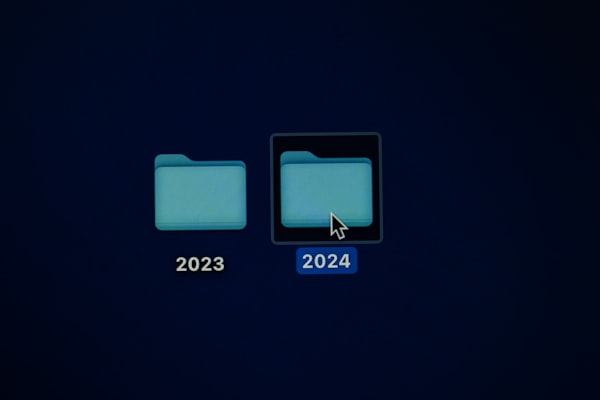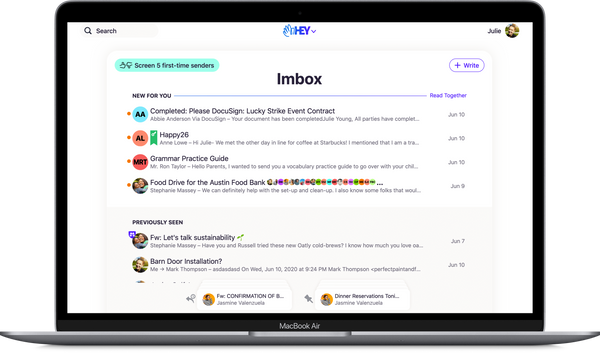Gen AI – Opportunity or Threat (AI)
A publication created by Jeremy Molina for Lead University (2023-II BCD8217 Human Machine Interaction).

Introduction
Generative Artificial Intelligence, also known as Gen-AI, has been trending in the computer science field and global media have been popularizing the topic for the general population. However, like any tool, its implementation, advancement, regulation, and countless other facets can turn it into a wonderful opportunity for some, and a great threat for others.
We must understand that every tool is as good as its implementation, and vice versa. There's a strong push for these tools to be regulated, and there have been governments that have even blocked access to them within their authorities. As professionals, we must clearly understand that regulations will allow us to set the direction we want this technology to evolve. If it were not for these regulations, the interoperability that exists today among a multitude of systems would not exist.
The opportunities of Gen-AI range from process optimization, and reduction of human error margins, to serving as a source of inspiration for artists, musicians, and poets around the world; and like any technology that we have developed in the last two hundred years, the possibilities are endless.
Let's evaluate some areas where Gen-AI is an opportunity or threat.
Personal Domain
In the personal domain, there are many uses where Gen-AI can help us speed up or solve problems in our day-to-day lives. Some tasks where we could use these tools include:
- Helping us understand the behavior of our monthly household budget.
- Serving as an empirical consultant on any topic of interest we want to resolve, better ways of writing, methods, or recommendations to improve communication, etc.
- Clarifying concepts, improving the text, or the way of explaining it.
- Exploration projects, and support for generating innovative ideas.
Student Domain
The student domain could be said to be one of the most controversial uses, but we cannot omit the advantages and ways in which we can take advantage of these tools; much of the controversy revolves around the fact that students use these tools to “easily” pass their subjects. However, we could also think that the educational system lacks the methodologies that allow the use of critical, logical, and innovative thinking that promotes human evolution. We are speaking from a philosophical point of view, but we cannot overlook how Gen-AI can truly contribute and help reinvent education.
Professional Domain related to Medicine, Law, and Other Similar Careers
We could say that the use of these tools in the professional domain, especially in those careers where the course of human life is at risk, should still be considered by an expert in the field. An expert in the field should consider these tools as another tool to support their conclusions. It should not replace the evaluation of a medical or legal case where we could affect the life of one or many human beings.
From a professional perspective, there is a myriad of possibilities in how Gen-AI could, under expert supervision, expedite the interpretation and response to a patient's symptoms. In the legal field, it could help gather, in a truthful and substantiated way, those aspects that would allow us to have a favorable outcome on a legal decision.
Conclusions
Gen-AI, like any technology, can be used to promote the next milestone in human history. However, as a society, we must work together to establish the guidelines under which we want these tools to be used. The open question that remains is, who should take on this responsibility? On one hand, we have a large community of professionals and scientists wanting to take this tool to the next level. On the other hand, we have a multitude of governments with backward thinking, wanting to establish the rules by which these tools should be implemented. Therefore, for now, as individuals, we must take advantage of how these tools are evolving, always questioning them, and understanding that these tools are currently using the material we have created to generate content. These tools are using the material we have created to generate content that serves us in the search we have conducted.
Lastly, we must remember that this technology is still in development, and we should not take its responses or results as an absolute or perfect truth. To illustrate this point, I have used Gen-AI to generate the images in this article, which, while useful, are not perfect. The text I used to generate the images was: Signal, banner, or something similar that has the text “Gen-AI—threat or opportunity?”. This example underscores the importance of maintaining a critical and reflective attitude towards Gen-AI, while highlighting its potential to transform various spheres of our lives.
Additionally, to demonstrate the opportunities this tool can offer, I have used ChatGPT-4 to optimize the text we previously read. You can read the original text here, and we also have an enhanced Spanish version here; This post has been translated with ChatGPT-4 to demonstrate the power of this tool.




